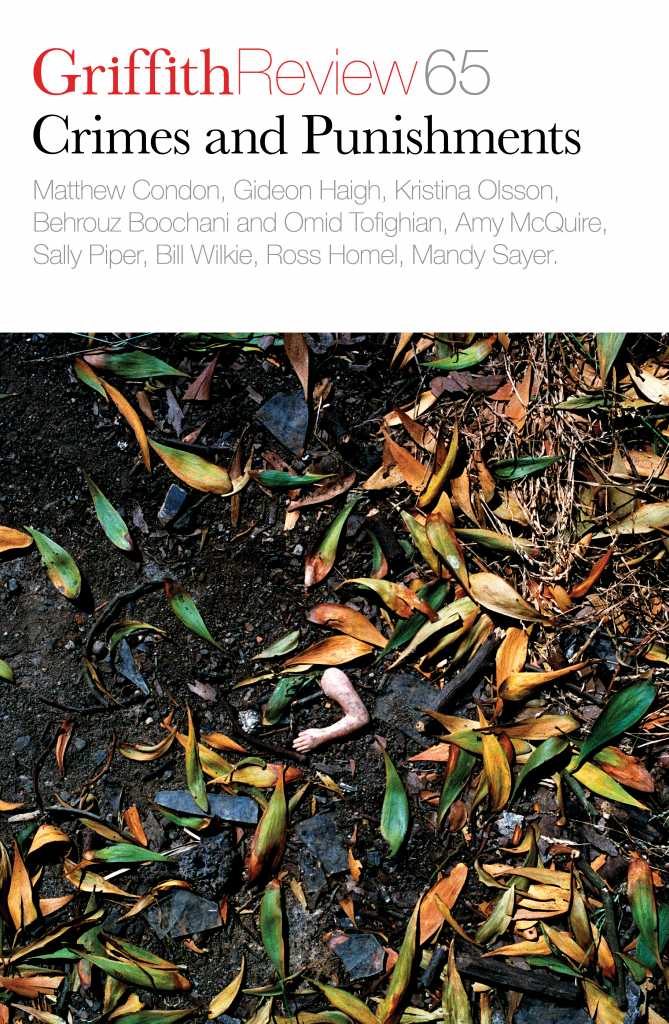Featured in

- Published 20190806
- ISBN: 9781925773798
- Extent: 264pp
- Paperback (234 x 153mm), eBook

Already a subscriber? Sign in here
If you are an educator or student wishing to access content for study purposes please contact us at griffithreview@griffith.edu.au
Share article
About the author

Catherine Ford
Catherine Ford is a fiction writer and freelance journalist. She lives in Melbourne.
More from this edition

Memorial park
FictionDANIEL SAT ON the damp earth between two buttress roots of the massive fig tree. They rose up beside him like the walls of...

White justice, black suffering
ReportageDad began this job in 1989 in the days of the Royal Commission into Aboriginal Deaths in Custody. He was not the only black prison guard on staff – in fact, at one point, Rockhampton’s jail had the highest percentage of Indigenous employees in the state. And yet, there were even more Murris locked up. The first thing that shocked Dad was just how many were inside, and over the next two decades he would see many of his own relatives coming through the gates.

All men choose the path they walk
Picture GalleryTHE WAILING THERE IS A deep wailing across this country. I heard it once when I was a child in Mount Isa. The wailing is...